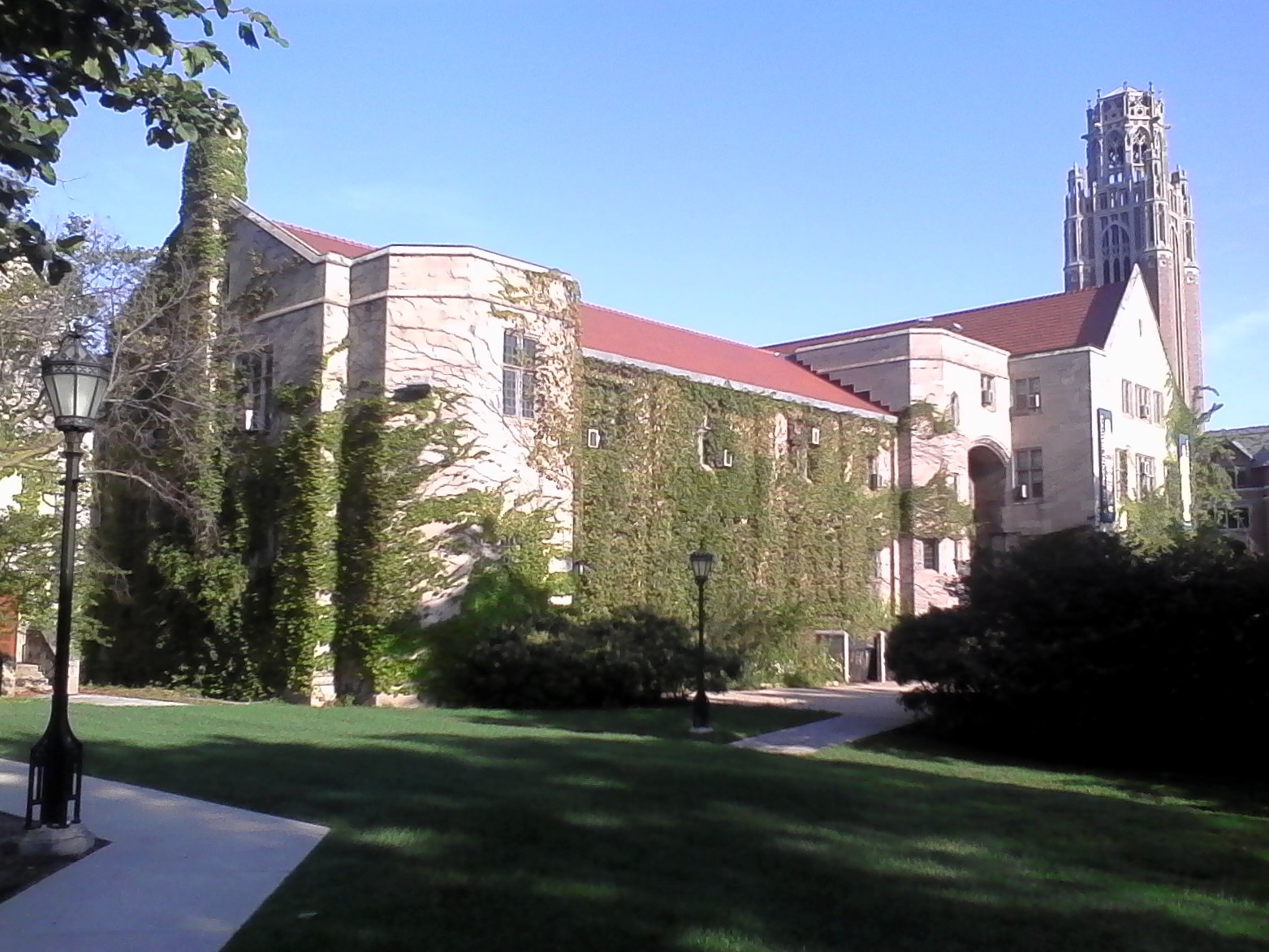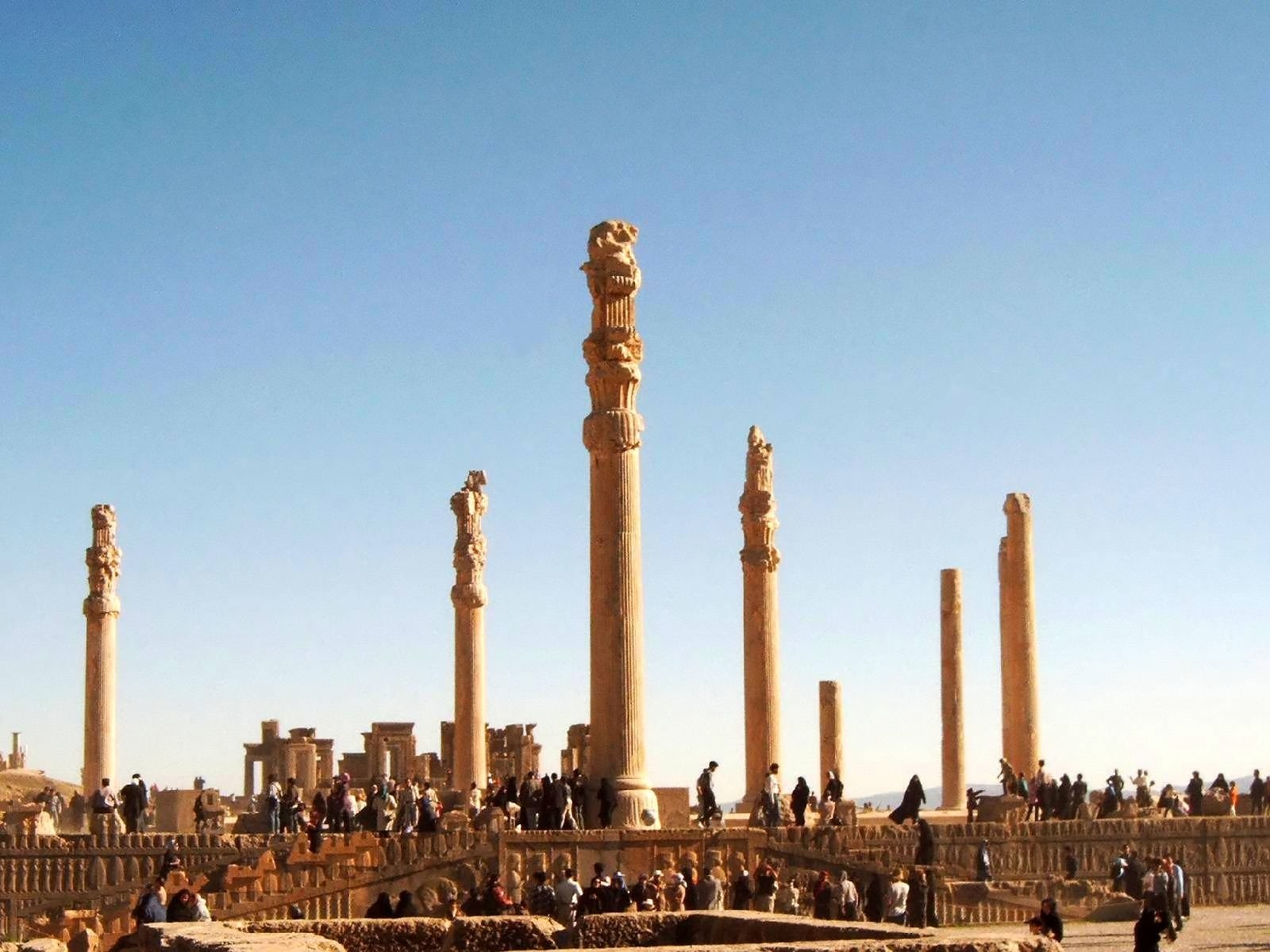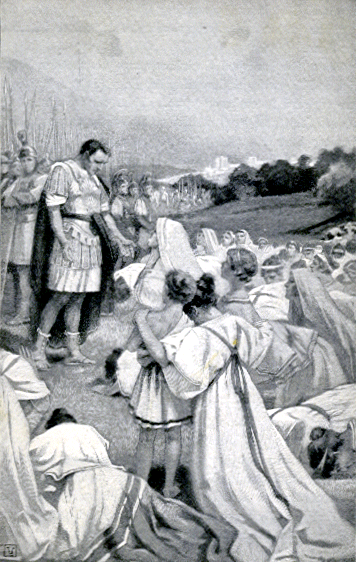|
491 BC
__NOTOC__ Year 491 BC was a year of the pre-Julian Roman calendar. At the time, it was known as the Year of the Consulship of Augurinus and Atratinus (or, less frequently, year 263 '' Ab urbe condita''). The denomination 491 BC for this year has been used since the early medieval period, when the Anno Domini calendar era became the prevalent method in Europe for naming years. Events By place Greece * Darius I sends envoys to all Greek cities, demanding "earth and water for vassalage" which Athens and Sparta refuse. * The Greek city of Aegina, fearing the loss of trade, submits to Persia. The Spartan king, Cleomenes I tries to punish Aegina for its submission to the Persians, but the other Spartan king, Demaratus, thwarts him. * Cleomenes I engineers the deposing of Spartan co-ruler Demaratus (and his replacement by Cleomenes’ cousin Leotychidas) by bribing the oracle at Delphi to announce that this action was divine will. The two Spartan kings successfully capture th ... [...More Info...] [...Related Items...] OR: [Wikipedia] [Google] [Baidu] |
Roman Calendar
The Roman calendar was the calendar used by the Roman Kingdom and Roman Republic. The term often includes the Julian calendar established by the reforms of the Roman dictator, dictator Julius Caesar and Roman emperor, emperor Augustus in the late 1stcenturyBC and sometimes includes any system dated by inclusive counting towards months' kalends, nones (calendar), nones, and ides (calendar), ides in the Roman manner. The term usually excludes the Alexandrian calendar of Roman Egypt, which continued the unique months of that land's Egyptian calendar, former calendar; the Byzantine calendar of the Byzantine Empire, later Roman Empire, which usually dated the Roman months in the simple count of the ancient Greek calendars; and the Gregorian calendar, which refined the Julian system to bring it into still closer alignment with the tropical year. Roman dates were counted inclusively forward to the next of three principal days: the first of the month (the kalends), a day shortly befor ... [...More Info...] [...Related Items...] OR: [Wikipedia] [Google] [Baidu] |
Gela
Gela (Sicilian and ; grc, Γέλα) is a city and (municipality) in the Autonomous Region of Sicily, Italy; in terms of area and population, it is the largest municipality on the southern coast of Sicily. Gela is part of the Province of Caltanissetta and is the only in Italy with a population and area that exceed those of the provincial capital. Gela was founded in 698 BC by Greek colonists from Rhodes and Crete; it was an influential ''polis'' in Sicily in the 7th and 6th centuries BC and became one of the most powerful cities until the 5th c. BC. Aeschylus, the famous playwright, lived here and died in 456 BC. In 1943, during the Invasion of Sicily, the Allied forces made their first landing on the island at Gela.La Monte, John L. & Lewis, Winston B. ''The Sicilian Campaign, 10 July17 August 1943'' (1993) United States Government Printing Office pp.56-96 History Ancient era Archaeology has shown that the acropolis of Gela was occupied during the Copper Age in ... [...More Info...] [...Related Items...] OR: [Wikipedia] [Google] [Baidu] |
Oriental Institute, Chicago
The Oriental Institute (OI), established in 1919, is the University of Chicago's interdisciplinary research center for ancient Near Eastern (" Orient") studies and archaeology museum. It was founded for the university by professor James Henry Breasted with funds donated by John D. Rockefeller, Jr. It conducts research on ancient civilizations throughout the Near East, including at its facility, Chicago House, in Luxor, Egypt. The institute publicly exhibits an extensive collection of artifacts related to ancient civilizations at its on-campus building in Hyde Park, Chicago. According to anthropologist William Parkinson of the Field Museum, the OI's highly focused "near Eastern, or southwest Asian and Egyptian" collection is one of the finest in the world. History In the early 20th century, James Henry Breasted built up the collection of the university's Haskell Oriental Museum, which he oversaw along with his field work, and teaching duties. He dreamed, however, of establish ... [...More Info...] [...Related Items...] OR: [Wikipedia] [Google] [Baidu] |
Tribute
A tribute (; from Latin ''tributum'', "contribution") is wealth, often in kind, that a party gives to another as a sign of submission, allegiance or respect. Various ancient states exacted tribute from the rulers of land which the state conquered or otherwise threatened to conquer. In case of alliances, lesser parties may pay tribute to more powerful parties as a sign of allegiance and often in order to finance projects that would benefit both parties. To be called "tribute" a recognition by the payer of political submission to the payee is normally required; the large sums, essentially protection money, paid by the later Roman and Byzantine Empires to barbarian peoples to prevent them attacking imperial territory, would not usually be termed "tribute" as the Empire accepted no inferior political position. Payments ''by'' a superior political entity to an inferior one, made for various purposes, are described by terms including " subsidy". The ancient Persian Achaemenid Empir ... [...More Info...] [...Related Items...] OR: [Wikipedia] [Google] [Baidu] |
Xerxes I Of Persia
Xerxes I ( peo, 𐎧𐏁𐎹𐎠𐎼𐏁𐎠 ; grc-gre, Ξέρξης ; – August 465 BC), commonly known as Xerxes the Great, was the fourth King of Kings of the Achaemenid Empire, ruling from 486 to 465 BC. He was the son and successor of Darius the Great () and his mother was Atossa, a daughter of Cyrus the Great (), the founder of the Achaemenid empire. Like his father, he ruled the empire at its territorial peak. He ruled from 486 BC until his assassination in 465 BC at the hands of Artabanus, the commander of the royal bodyguard. Xerxes I is notable in Western history for his invasion of Greece in 480 BC. His forces temporarily overran mainland Greece north of the Isthmus of Corinth until losses at Salamis and Plataea a year later reversed these gains and ended the second invasion decisively. However, Xerxes successfully crushed revolts in Egypt and Babylon. Xerxes also oversaw the completion of various construction projects at Susa and Persepolis. ... [...More Info...] [...Related Items...] OR: [Wikipedia] [Google] [Baidu] |
Persepolis
, native_name_lang = , alternate_name = , image = Gate of All Nations, Persepolis.jpg , image_size = , alt = , caption = Ruins of the Gate of All Nations, Persepolis. , map = , map_type = Iran#West Asia , map_alt = , map_caption = , map_size = , altitude_m = , altitude_ref = , relief = yes , coordinates = , map_dot_label = , location = Marvdasht, Fars Province, Iran , region = , type = Settlement , part_of = , length = , width = , area = , volume = , diameter = , circumference = , height = , builder = , and , material = Limestone, mud-brick, cedar wood , built = 6th century BC , abandoned = , epochs = Achaemenid Empire , cultures = Persian , dependency_of = , occupants = , event = * Battle of the Pe ... [...More Info...] [...Related Items...] OR: [Wikipedia] [Google] [Baidu] |
Apadana
Apadana ( peo, 𐎠𐎱𐎭𐎠𐎴) is a large hypostyle hall in Persepolis, Iran. It belongs to the oldest building phase of the city of Persepolis, in the first half of the 6th century BC, as part of the original design by Darius the Great. Its construction was completed by Xerxes I. Modern scholarship "demonstrates the metaphorical nature of the Apadana reliefs as idealised social orders". M. Root (1986) p. 1. Etymology As a word, ( Old Persian 𐎠𐎱𐎭𐎠𐎴, masc.) is used to designate a hypostyle hall, i.e., a palace or audience hall of stone construction with columns. The word is rendered in Elamite as ''ha-ha-da-na'' and in Babylonian ''ap-pa-da-an'' is etymologically ambiguous. It has been compared to the Sanskrit (आपादन) which means 'to arrive at', and also to the Sanskrit ''apa-dhā'' (अपधा) which means "a hide-out or concealment", and the Greek (), meaning "storehouse". The word survived into later periods in Iran, as the Parthian '' ... [...More Info...] [...Related Items...] OR: [Wikipedia] [Google] [Baidu] |
Relief
Relief is a sculptural method in which the sculpted pieces are bonded to a solid background of the same material. The term ''relief'' is from the Latin verb ''relevo'', to raise. To create a sculpture in relief is to give the impression that the sculpted material has been raised above the background plane. When a relief is carved into a flat surface of stone (relief sculpture) or wood (relief carving), the field is actually lowered, leaving the unsculpted areas seeming higher. The approach requires a lot of chiselling away of the background, which takes a long time. On the other hand, a relief saves forming the rear of a subject, and is less fragile and more securely fixed than a sculpture in the round, especially one of a standing figure where the ankles are a potential weak point, particularly in stone. In other materials such as metal, clay, plaster stucco, ceramics or papier-mâché the form can be simply added to or raised up from the background. Monumental bronze reliefs a ... [...More Info...] [...Related Items...] OR: [Wikipedia] [Google] [Baidu] |
Volsci
The Volsci (, , ) were an Italic tribe, well known in the history of the first century of the Roman Republic. At the time they inhabited the partly hilly, partly marshy district of the south of Latium, bounded by the Aurunci and Samnites on the south, the Hernici on the east, and stretching roughly from Norba and Cora in the north to Antium in the south. Rivals of Rome for several hundred years, their territories were taken over by and assimilated into the growing republic by 300 BCE. Rome's first emperor Augustus was of Volscian descent. Description by the ancient geographers Strabo says that the Volsci formed a sovereign state near the site of Rome. It was placed in the Pomentine plain, between the Latins and the Pontine marshes, which took their name from the plain. Language The Volsci spoke Volscian, a Sabellic Italic language, which was closely related to Oscan and Umbrian, and more distantly to Latin. In the Volscian territory lay the little town of Velitrae (modern Ve ... [...More Info...] [...Related Items...] OR: [Wikipedia] [Google] [Baidu] |
Exile
Exile is primarily penal expulsion from one's native country, and secondarily expatriation or prolonged absence from one's homeland under either the compulsion of circumstance or the rigors of some high purpose. Usually persons and peoples suffer exile, but sometimes social entities like institutions (e.g. the papacy or a government) are forced from their homeland. In Roman law, ''exsilium'' denoted both voluntary exile and banishment as a capital punishment alternative to death. Deportation was forced exile, and entailed the lifelong loss of citizenship and property. Relegation was a milder form of deportation, which preserved the subject's citizenship and property. The term diaspora describes group exile, both voluntary and forced. "Government in exile" describes a government of a country that has relocated and argues its legitimacy from outside that country. Voluntary exile is often depicted as a form of protest by the person who claims it, to avoid persecution and prosecu ... [...More Info...] [...Related Items...] OR: [Wikipedia] [Google] [Baidu] |
Tribune
Tribune () was the title of various elected officials in ancient Rome. The two most important were the tribunes of the plebs and the military tribunes. For most of Roman history, a college of ten tribunes of the plebs acted as a check on the authority of the senate and the annual magistrates, holding the power of ''ius intercessionis'' to intervene on behalf of the plebeians, and veto unfavourable legislation. There were also military tribunes, who commanded portions of the Roman army, subordinate to higher magistrates, such as the consuls and praetors, promagistrates, and their legates. Various officers within the Roman army were also known as tribunes. The title was also used for several other positions and classes in the course of Roman history. Tribal tribunes The word ''tribune'' is derived from the Roman tribes. The three original tribes known as the ''Ramnes'' or ''Ramnenses'', ''Tities'' or ''Titienses,'' and the ''Luceres,'' were each headed by a tribune, who rep ... [...More Info...] [...Related Items...] OR: [Wikipedia] [Google] [Baidu] |
Gaius Marcius Coriolanus
Gnaeus (or Gaius) Marcius Coriolanus was a Roman general who is said to have lived in the 5th century BC. He received his toponymic cognomen "Coriolanus" following his courageous actions during a Roman siege of the Volscian city of Corioli. He was subsequently exiled from Rome, and led troops of Rome's enemy the Volsci to besiege the city. In later ancient times, it was generally accepted by historians that Coriolanus was a real historical individual, and a consensus narrative story of his life appeared, retold by leading historians such as Livy, Plutarch, and Dionysius of Halicarnassus. More recent scholarship has cast doubt on the historicity of Coriolanus, with some portraying him as either a wholly legendary figure or at least disputing the accuracy of the conventional story of his life or the timing of the events. According to Plutarch, his ancestors included prominent patricians such as Censorinus and even an early King of Rome. The story is the basis for the tragedy of '' ... [...More Info...] [...Related Items...] OR: [Wikipedia] [Google] [Baidu] |








